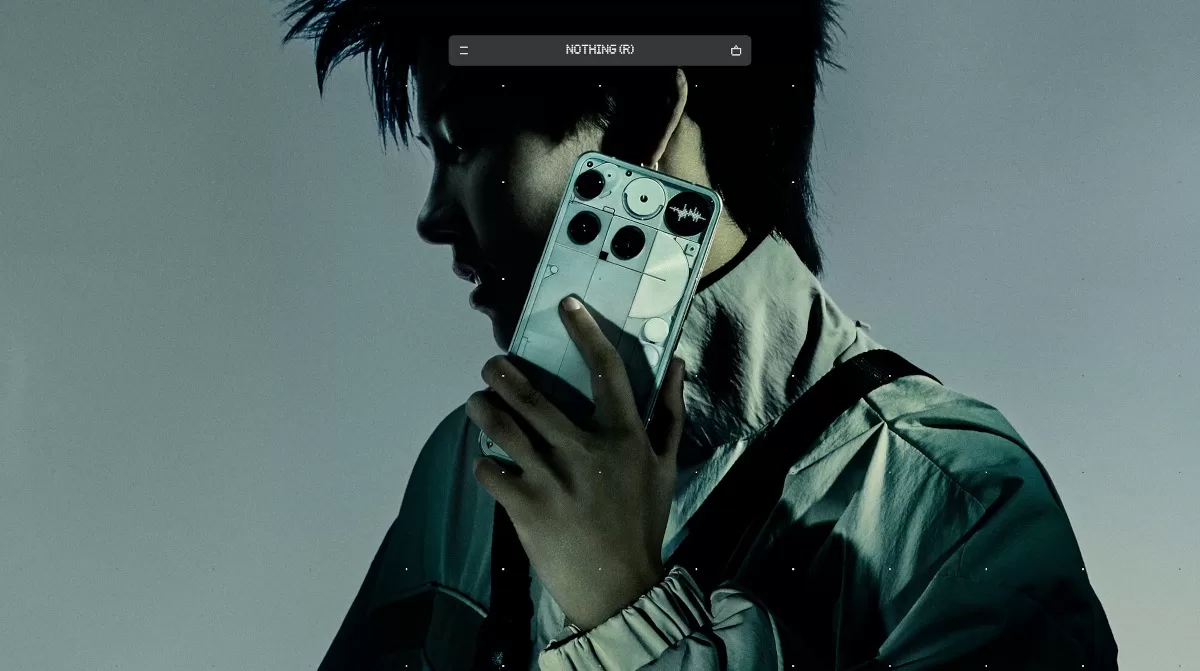It seems like another day, another tech company stretching the truth to sell you stuff. We’ve seen it all before. From exaggerated battery life claims to devices that look nothing like the press photos. But this one, from the folks at Nothing, is just stupid.
You see, they say a photo is worth a thousand words, and from Nothing’s shenanigans, it’s also worth a few hundred dollars on a stock image site.
The story goes like this: a demo unit for the new Nothing Phone 3 pops up in a store in New Zealand. On it is a beautiful collection of photos, all supposedly shot by the “Nothing Community.” It’s a great marketing move. Show off the phone’s camera by letting the people who use it tell the story.
Except, it wasn’t the Nothing community. It wasn’t even the Nothing Phone 3. A photographer got in touch with Android Authority and revealed the whole thing was a lie. All five images were licensed from a stock photo marketplace called Stills.
What’s ridiculous is that one of the photos, of a car’s headlights in the rain, was taken by a photographer named Roman Fox way back in 2023. Not with a Nothing Phone 3, but a Fujifilm XH2s camera. A proper, professional camera, not a smartphone.
At Least They Didn’t Deny It
When confronted with the evidence, Nothing didn’t even try to deny it. They basically said, “Oops, our bad, we’re replacing the images with ones actually taken by the Nothing Phone 3.”
It’s a crazy moment. Why would a company with such a reputation for clean, honest design and marketing turn to such a cheap tactic?
Did they not believe in their own camera? It raises difficult questions, especially when trust is so hard to build and so easy to lose in this industry. Let’s hope this is a one-off slip-up and not a sign of things to come.
Stupid Nothing
I called the move ‘stupid’, not because it’s the worst thing that tech companies have done to sell stuff. I called it stupid because it’s become harder to get away with the tactic as the years have gone by.
The really stupid part on Nothing’s part was licensing the photos from a stock image marketplace. These are platforms where photographers post their images, and you can get a license to use them however you want.
By doing that, it was highly likely that the original photographer would see their work being advertised as having been taken by the Nothing Phone 3. Also, it was also possible that the images had been used by some other people before.
So, it was only a matter of time until the lie was discovered.
Not Just Nothing
Do note that other smartphone manufacturers are also guilty of playing games with the truth to make their phones look better than they are. That’s why you should never go by marketing material when making decisions.
Huawei was repeatedly caught using DSLR photos in its marketing materials. The one instance you might remember was for the Huawei P9. A photo shared on Google+ was supposedly a selfie taken with the phone, but its metadata revealed it was shot with a Canon EOS 5D Mark III, a high-end DSLR.
In 2012, Nokia published a video for the Lumia 920 to showcase its Optical Image Stabilization (OIS) capabilities. However, a reflection in the video revealed the “phone” was actually a cameraman with a professional camera rigged in a van.
Samsung has been caught using stock photos to promote its devices, including for the Galaxy A8, where an image for a “selfie contest” was revealed to be a stock photo. Stupid Sammy.
Samsung also got in trouble for ads showing people using Galaxy devices in pools and at the beach. However, the phones were only water-resistant to freshwater, and exposure to pool or saltwater could corrode the charging ports. The company paid a penalty in Australia for this.
I would also consider Apple’s ‘Shot on iPhone’ videos as misleading. When you see behind the scenes, you will realise that although the video was taken with an iPhone, they had it fixed to a rig that costs as much as a small car and the lighting was done by Hollywood pros, etc.
The moral of the story is: you can’t go with what marketing material says. You’re better off looking at reviews and online comments, even though those have their own problems.



Leave a Reply